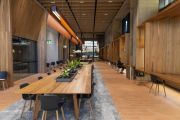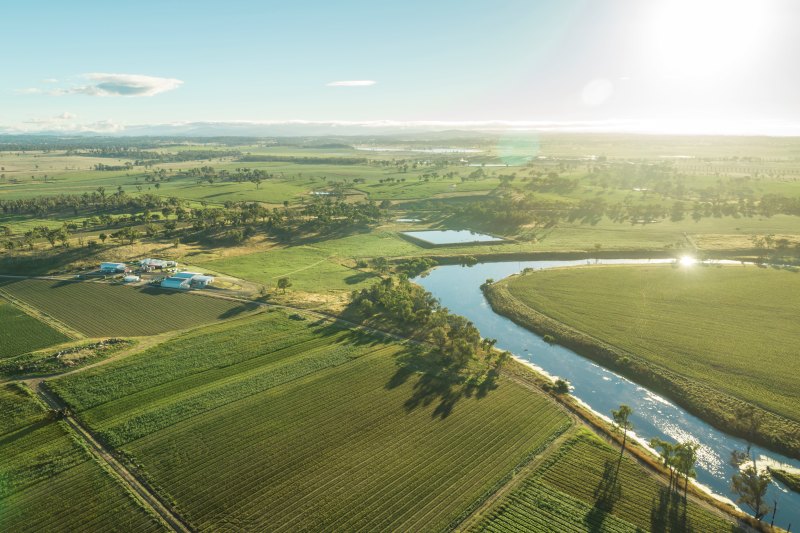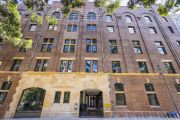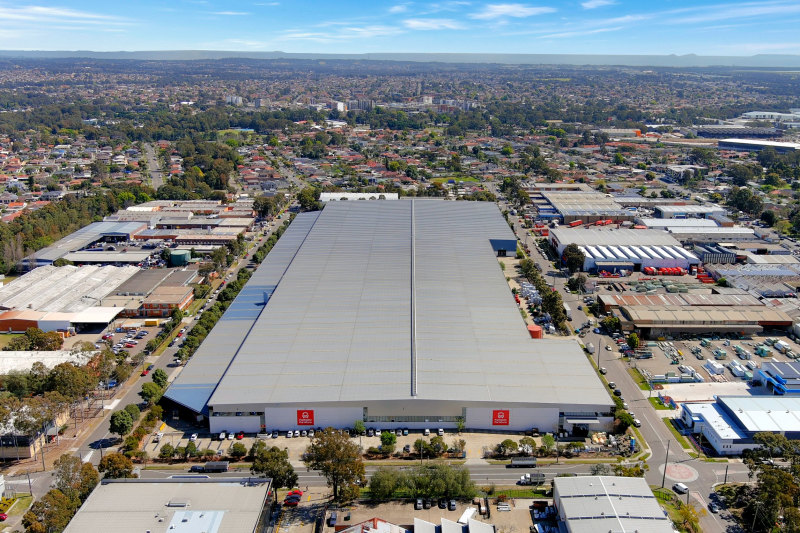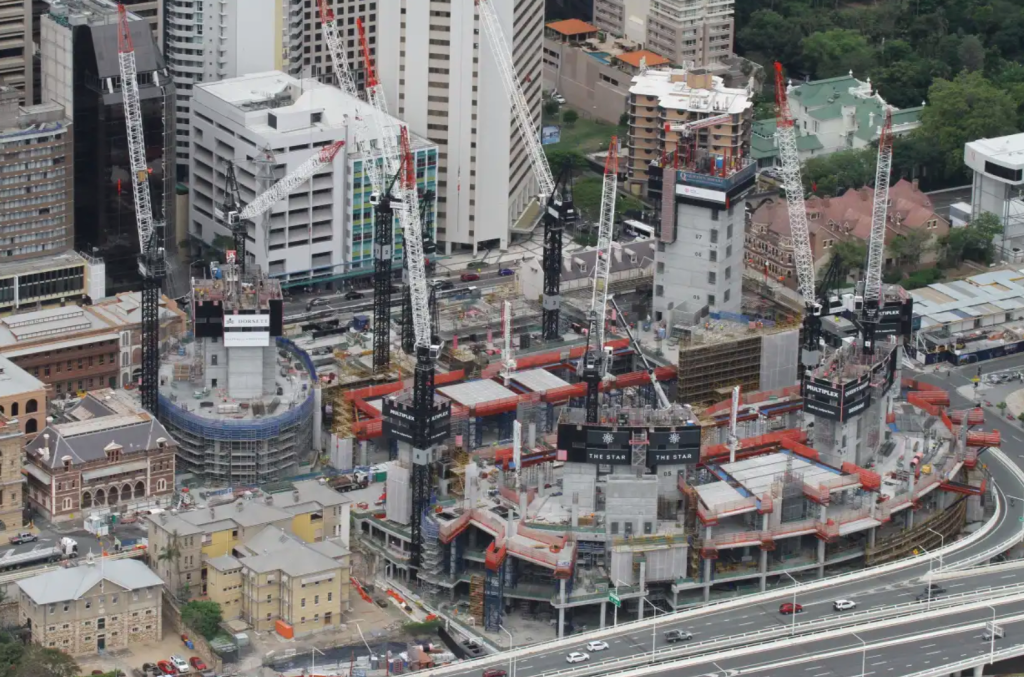
Building price rises pose a dilemma for Brisbane
Brisbane’s commercial construction will suffer price rises close to those of Sydney and Melbourne as inflation kicks back in next year, but lower asset values than in the southern cities will put potential investors off and limit the development pipeline, a new report from consultancy Arcadis shows.
While commercial building in the Queensland capital is booming – a boom in residential work pushed the number of cranes on the city’s skyline to a two-and-a-half-year high of 71 in the latest RLB Crane Index – inflation likely to track that of the two bigger cities over the next five years would hold development back, Arcadis director Matthew Mackey said.
The consultancy’s latest price forecasts show Melbourne prices will rise most between now and 2025, with a 1.5 per cent increase this year and an annual gain of 2.5 per cent each year after that. Sydney will see a 0.5 per cent gain this year and then likely 2.5 per cent annual rises.
But while Brisbane faces little price inflation this year, the gains of 2.5 per cent and then 2 per cent through to 2025 will bring construction cost pressures close to those of the larger cities with lower asset end values, Mr Mackey said.
“You’ve got some places where it is just as expensive to build but values are nowhere near as high,” Mr Mackey told The Australian Financial Review.
“That’s why Brisbane is not pumping at the same level as Sydney or Melbourne – the business costs don’t stack up because of it.”
Public sector projects are driving demand for construction services and while competition for work – much of which has not rolled out as fast as originally anticipated – would hold prices down in the first half of this year, a tighter market, shortages of materials and shortages of skills, in part due to closed borders, will then kick in, the report says.
On Arcadis’ separate global ranking of 100 cities by construction costs, Sydney rose one place to 29th, placing it below Seattle, Manchester, Auckland and Christchurch. Perth jumped five places to 45th. Melbourne level-pegged at 41st, while Brisbane – ironically – fell four places to 42nd.
The global rankings, however, were mostly affected by the way moves in each country’s currency left a city relative to its closest rivals and showed little about the cost of construction within that city, Mr Mackey said.
Although Canberra likely faces higher cost inflation than Brisbane, it was a distinct market sustained by the federal government and was not competing with Sydney and Melbourne for tenants. Likewise, inflation in Adelaide’s much smaller market was likely to be driven by a few specific projects for the defence and health sectors.
“Those inflation rates are judged slightly differently,” he said.
A separate indicator published on Monday shows Brisbane already faces skills shortages that could push up prices.
While the availability of skilled tradespeople measured by the Housing Industry Association tightened in all states and territories between December and March – with the exception of Sydney, regional WA and regional SA – Brisbane and regional Queensland were among areas suffering the tightest shortages, the report showed.
The challenge for Brisbane, likely to see a boost in demand for new facilities if it is confirmed as host of the 2032 Olympic Games, is that the city’s pool of contractors has shrunk as larger builders have moved resources south to tap the booming markets of Sydney and Melbourne, where the pipeline of projects was more predictable, Mr Mackey said.
“The one thing that would help Brisbane is certainty of pipeline,” he said. “If you had a consistency of pipeline, those contractors would come back to the market.”
Get a weekly roundup of the latest news from Commercial Real Estate, delivered straight to your inbox!

